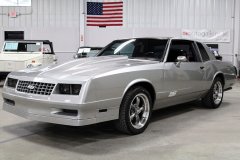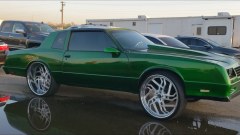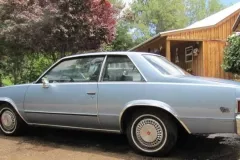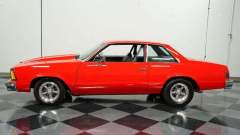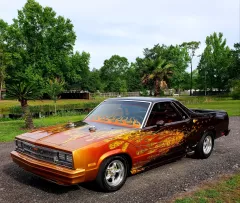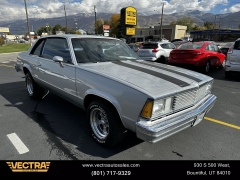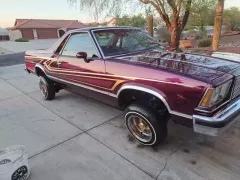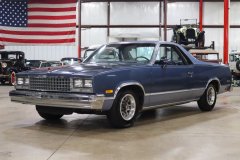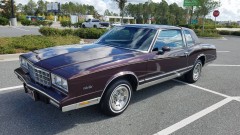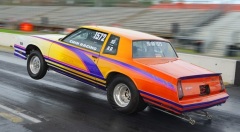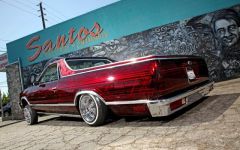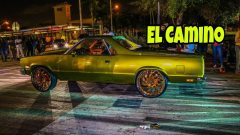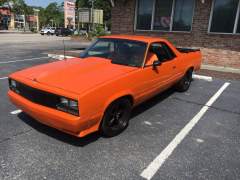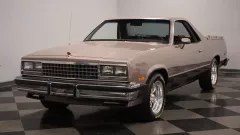The G-Body platform is a type of mid-size, rear-wheel drive car platform that General Motors produced from the late 1970s to the late-1980s. They came in 2 door coupes, 4 door sedans, stations wagons, and trucks. The G-Body name comes from the platform code that General Motors used to identify these cars during their production. These cars were designed to be affordable and practical while also offering a fun and sporty driving experience.
One of the reasons that G-Body cars remain popular with enthusiasts today is their versatility. These cars can be modified and customized in a variety of ways, making them ideal for drag racing, autocross, or show car competitions. G-Body cars are also known for their distinctive styling, which often includes sharp angles, sleek lines, and bold colors. Whether you’re a die-hard G-Body fan or simply appreciate classic American cars, the G-Body platform is an important part of automotive history that continues to capture the hearts and minds of car enthusiasts around the world.
G-Body vehicles, as I know them, are 1978-1988, though 1978-1981 vehicles are “A-Body” cars and share a large percentage of the same parts.
G-Body Vehicles
- Chevrolet
- Monte Carlo (SS) –
- Malibu
- El Camino (SS)
- Buick
- Regal (Limited)
- Grand National
- GNX
- T-Type / Turbo T
- Oldsmobile
- Cutlass (Surpreme/Salon)
- 442
- Hurst/Olds
- Pontiac
- Grand Prix
- Bonneville
- Le Mans
- Grand Am
- GMC
- Caballero
G-Body Platform Diversity (Where Will You Spot a G-Body?)
- Lowrider
- Drag Racing (from street cars to Pro Mods)
- Autocross (professional race courses)
- Road Racing (typically cone setups)
- Big Wheel Racing (minimum 24″ wheels per National Donk Racing Association handbook)
- Restomod
- Classic/Stock
- Nascar (Generation 3 — 1981-1991, 110″ wheelbase)
